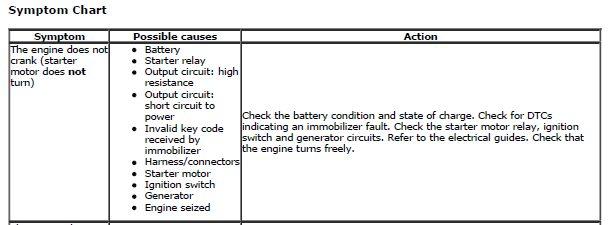Quick check-
The starter motor has a 500A Mega Fuse built into the factory Positive (red) connection block on the battery terminals. Check it's not blown. The main fuse block connects to the battery before this fuse so it's possible to have dash lights, and many other functions (I presume!) with this fuse blown.
As for replacement, never done it. They are usually just a case of disconnecting battery, a harness and a cable connector on the back, and a couple of bolts.
For the puma, it's on the Rear LHS of the engine block. It has 2 bolts securing it to the block. All other accounts that I've read of it is that it's fairly well sealed for water ingress, so a complete failure to chooch should be looked at with the entire picture in mind.
The starter solenoid / starter relay also come into play, being the low current side of the operation, so as always, things like alarm sstems, and that specific circuit will influence its operation.
FSM troubleshooting guide for the starter is below:



 . Ahh the ignominy of it all.
. Ahh the ignominy of it all. removing the solenoid/main cables, and then the two retainer bolts, or are there other bits to remove to make room?
removing the solenoid/main cables, and then the two retainer bolts, or are there other bits to remove to make room?
 Reply With Quote
Reply With Quote


Bookmarks